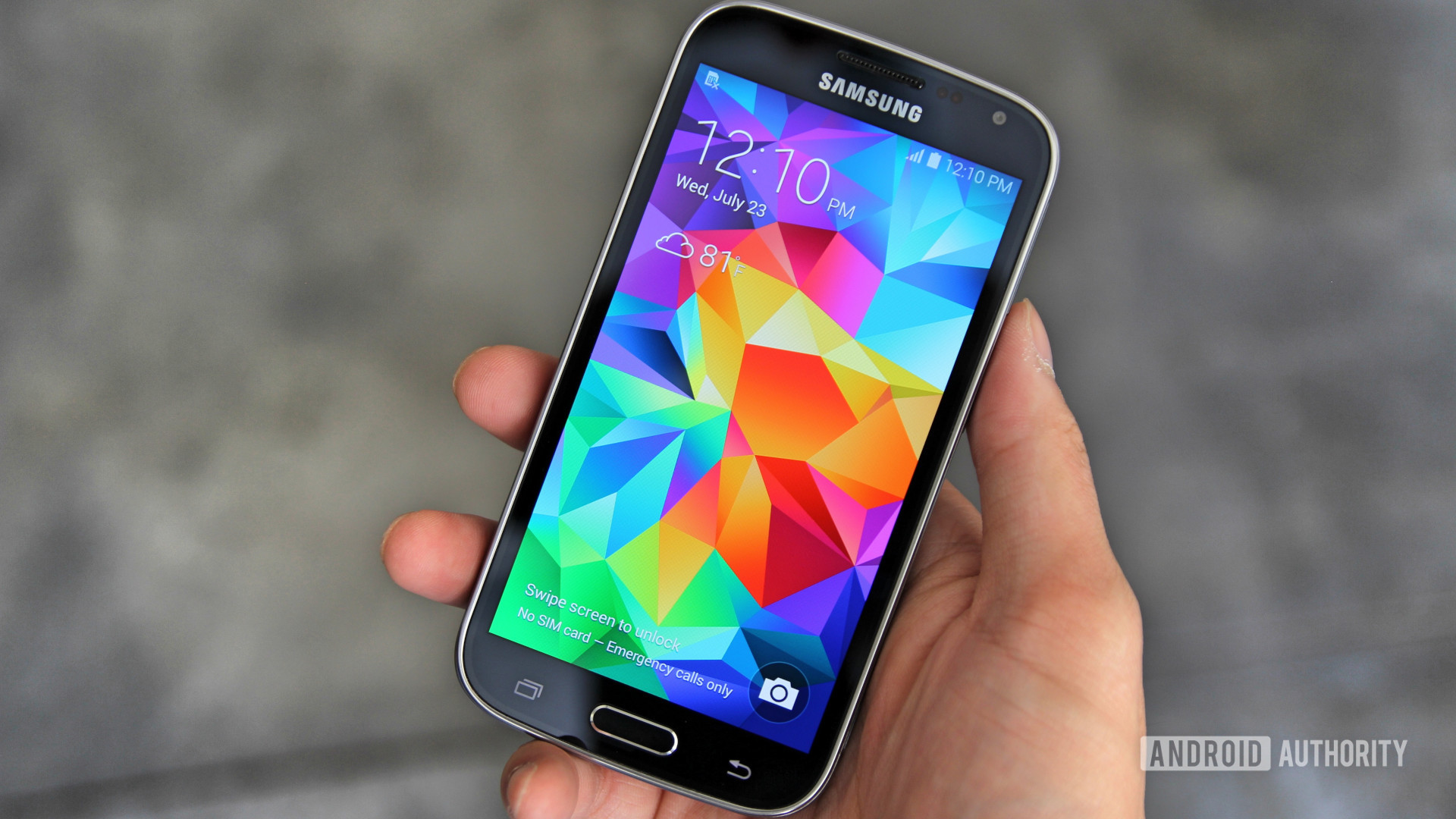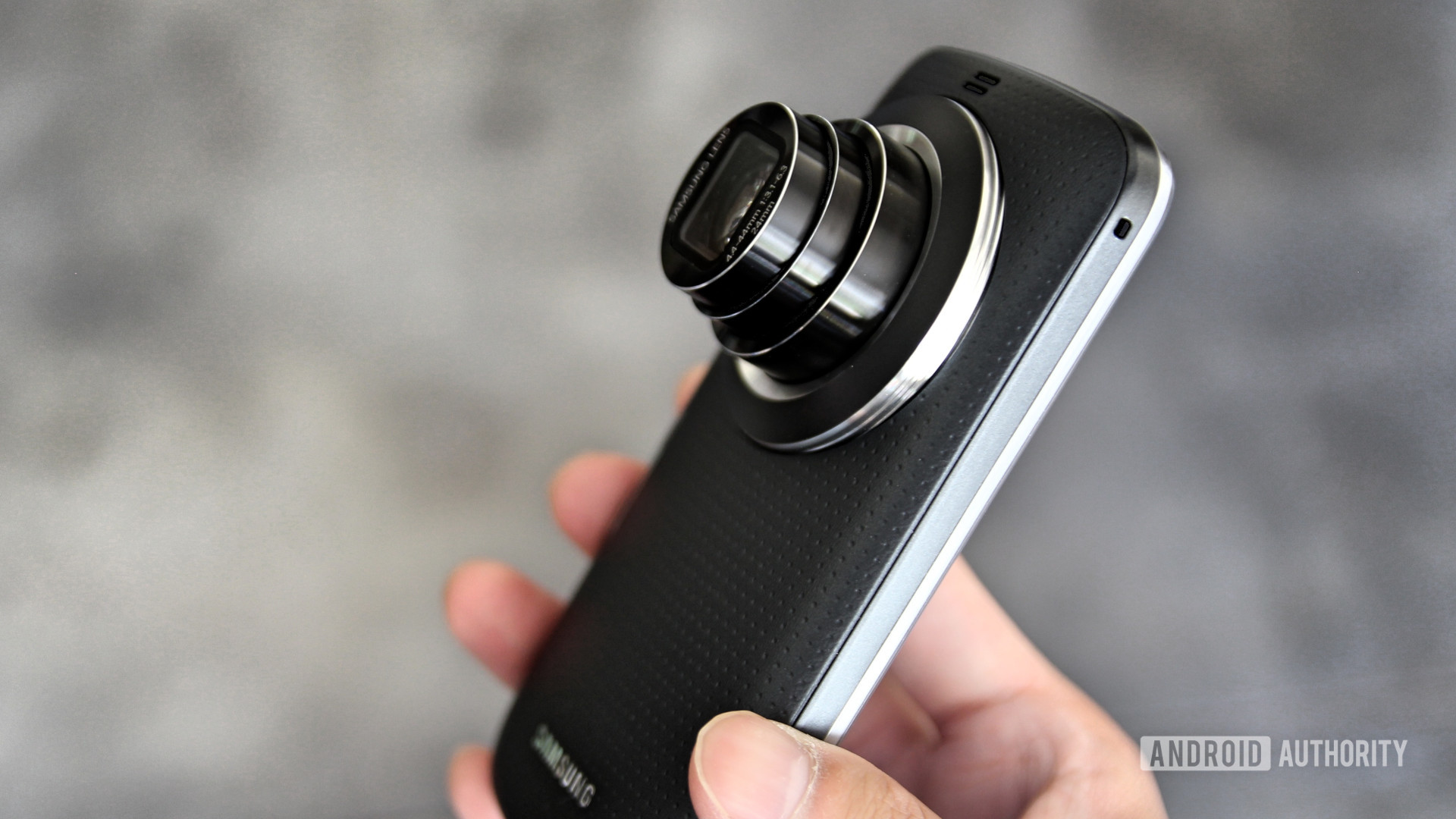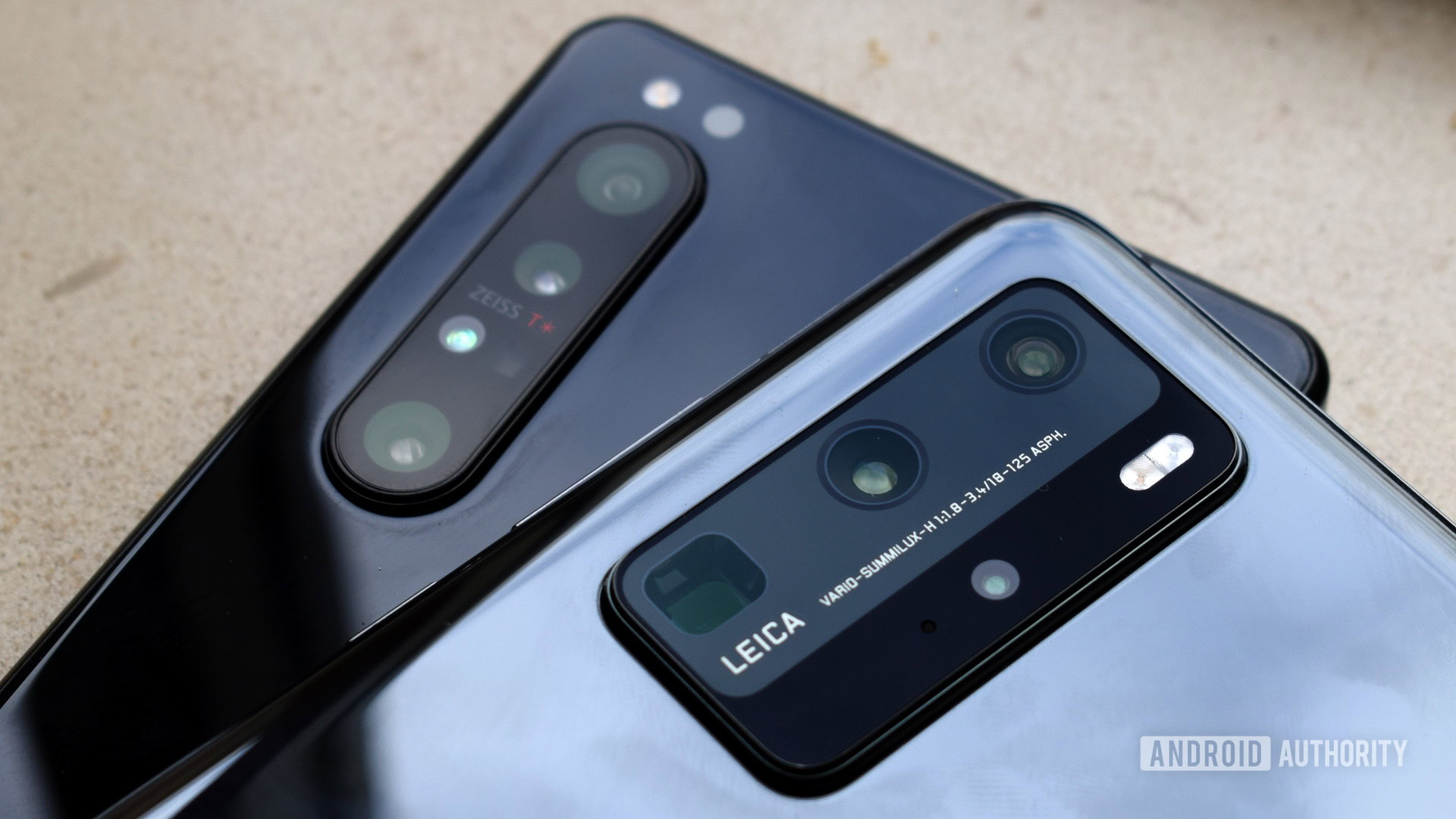Affiliate links on Android Authority may earn us a commission. Learn more.
Did you know: This 2014 Galaxy phone had 10X optical zoom
September 26, 2020

Zoom technology is 2020’s hottest smartphone camera trend. Companies like HUAWEI, Samsung, and others have been pushing zoom quality to its limit, with promises of 5x, 10x, and even 100x zoom capabilities. Although spouting high x-factors is much easier than actually producing great looking zoomed-in images.
The problem with high-quality zoom in a smartphone form factor boils down to lenses. Compact and DSLR cameras can provide high-quality, flexible optical zoom via moving lenses to adjust their focal length. The compact nature of smartphones requires fixed lenses, and therefore fixed zoom. This is why some phones are shipping with multiple zoom lenses to provide photographers with the flexibility they desire.
Read more: Oppo’s new zoom tech has moving lenses
However, Samsung has previously attempted to combine the compact camera with a smartphone. The formula didn’t take in the long run, but 2013’s Samsung Galaxy S4 Zoom and 2014’s Galaxy K Zoom offered 10x optical zoom capabilities years ahead of today’s smartphones.
Would you buy a Samsung Galaxy K Zoom redux?
Meet the Samsung Galaxy K Zoom

Despite the Galaxy S4 moniker, the Zoom model actually handled more like a compact camera than a smartphone, complete with a grip and a circular shutter button. Its successor, the Samsung Galaxy K Zoom, was sleeker and could just about pass as a phone. Albeit a rather thick one.
The Galaxy K Zoom made a few hardware compromises to accommodate its large camera setup. It featured a mid-range hexa-core Exynos 5260 SoC, a 720p AMOLED display when 1080p was mainstream, and just 8GB of internal storage. Not great for a phone primed for mass media capture, even though it had a microSD card slot. The 2,430mAh battery didn’t last very long either, especially when taking pictures all day.
Turning to the camera, the Galaxy K Zoom boasted a large 20.7 megapixel, 1/2.3-inch sensor. That’s bigger than the 1/1.33″ sensor in 2020’s Galaxy S20 Ultra and the HUAWEI P40 Pro’s 1/1.28″ sensor. Hence why the K Zoom was a thick phone with a big camera bump. The sensor size was pretty impressive, but the real achievement was the 10x optical zoom, owing to the compact camera-styled lens setup. The focal length ranged from 24mm to 240mm, offering a 10x zoom.
A large 1/2.3-inch sensor and up to 240mm focal length produced good pictures at a distance.
For comparison, the HUAWEI P40 Pro Plus, one of today’s better camera phones, has four sensors: a main sensor with a 23mm focal length, 3x zoom at 80mm, 10x zoom at 240mm, plus an 18mm wide-angle lens. That’s comparable to the flexibility offered by 2014’s Galaxy K Zoom, albeit at set intervals rather than a smooth, consistent zoom transition.
Overall image quality from the Samsung Galaxy K Zoom was pretty good. Our review at the time praised the phone for clean, sharp images with solid colors and plenty of detail. Not surprising, given the large sensor. Zoom quality was also very good, but as the zoom was also tied to the lens aperture, longer-range zoom images could come out underexposed. That’s something we don’t have to worry about with modern fixed-aperture telephoto and periscope zoom cameras.
Time for the idea to make a comeback?

The tech industry is no stranger to recycling previous ideas and it’s possible the Galaxy K Zoom was simply ahead of its time. Good quality zoom is clearly in high demand. Just see the triple- and quad-camera trend!
A smooth mechanical zoom would produce superior results to today’s multi-camera setups. Could the idea make a comeback in a more modern smartphone? We’re certainly used to seeing larger camera humps and slightly thicker phones in pursuit of improved camera quality. Modern smartphones are also much larger than the 4.8-inch K Zoom, so the design wouldn’t look as out of place. It would be more practical to implement. Lenses and image sensors have also improved over the years, making it more practical to build a great compact phone camera than ever before.
A single, high-quality sensor could take better pictures, but it's not the best aesthetic design.
There are obvious problems with the compact camera/smartphone hybrid, however. The form factor for starters. Mechanical parts take up considerable space and could come at the expense of battery life, at the very least. As good as large sensors are, they don’t make for great-looking phones either. It’s tough to imagine fashionable types rushing out to buy such a phone, regardless of the camera quality. Ultimately, it’s a design that will likely always struggle with mass-market appeal.
If we do ever see another compact camera/smartphone design, it’s likely to be a niche product. Instead, advances in periscope cameras, perhaps even with moving lenses, appear to strike the right balance of compactness and quality for modern smartphones.
I would certainly like to give a more modern Samsung Galaxy K Zoom a try. How about yourselves?
This is the ninth post in our “Did you know” series, in which we dive into the history books of Android and consumer technology to uncover important and interesting facts or events that have been forgotten over time. What do you want to see us cover next? Let us know in the comments.
- Did you know: The first Nokia Android phone was released way back in 2014
- Did you know: This was the first water-resistant Android phone
- Did you know: The Surface Duo wasn’t Microsoft’s first dual-screen foldable
- Did you know: HTCowned Beats before Apple
- Did you know: The LG V40 opened the era of modern triple camera phones
- Did you know: Samsung once thought Android was a joke
- Did you know: Android was originally designed for digital cameras
- Did you know: The Samsung Galaxy Note was mocked and predicted to flop at launch